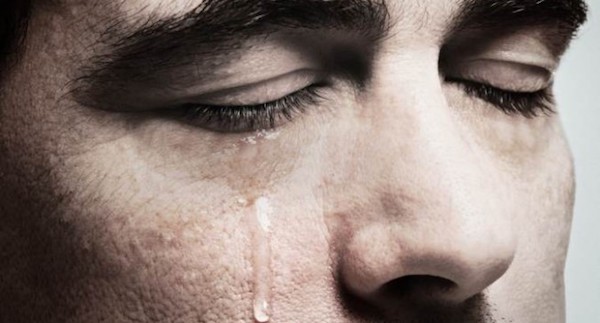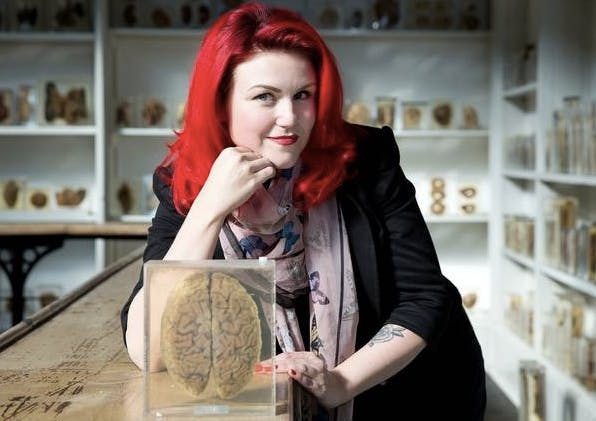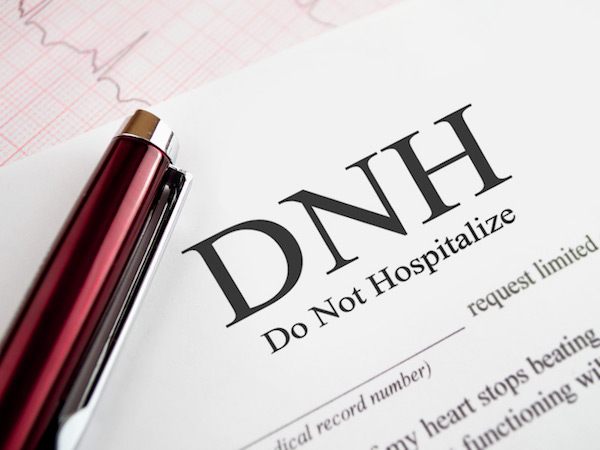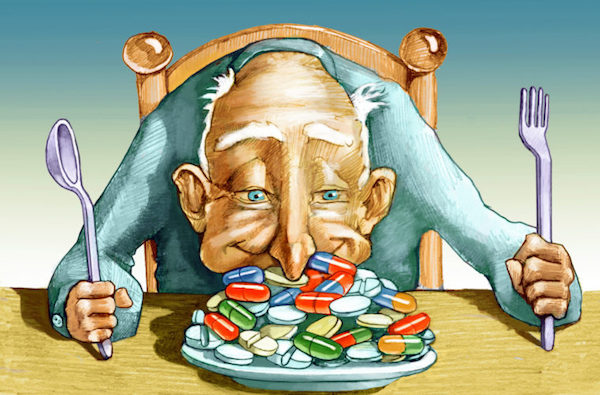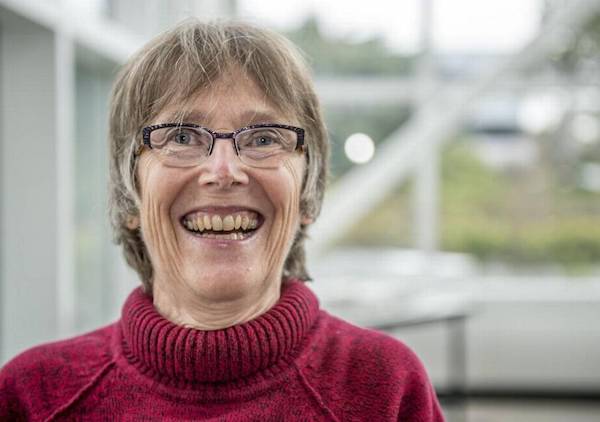by Liz Walsh
[P]HIL is lying in his hospice bed. There are tubes in his nose, delivering oxygen to his lungs.
He is attached to a monitoring machine, a beloved rug covering his now-frail body.
It is hard for him to lift his head from his pillow. Aged in his 60s, he is dying of cancer.
His life is no longer measured in milestones. Or years lived. Or career achievements. His life is now measured in days.
But his hospital room – inside the 16-bed Mary Potter Hospice in North Adelaide – is not filled with the gloom of impending death, but rather a celebration of life. Because every day, every hour, Phil is still living.
This is palliative care: where life and death swirl around each other in a strange and powerful dance.
But while death has always been a part of the human experience, palliative care – specialist care for the dying – is a relatively new concept.
Palliative care began in the United Kingdom as part of the hospice movement in the 1960s and is now widely used outside of traditional hospices, offered also in hospitals, nursing homes and private houses.
As Palliative Care SA explains of its purpose: “Living well is a daily choice, dying well takes planning”.
Before Phil dies, he has one wish: to walk his daughter, Sophie, down the aisle as she weds the love of her life. Sophie’s wedding is months away, Phil doesn’t have that time.
In steps the Mary Potter Foundation, the fundraising charitable arm of the hospice.
It is the job of the foundation’s executive director, Cathy Murphy, and her team to fulfil wishes, make memories, create calm and fill the hospice with life-affirming experiences. Murphy has been in her role for eight years.
Eight years.
Eight years surrounded by death: that scary unknown that eventually comes looking for us all. But working so close to death, for Murphy, is not scary; instead she describes it as a privilege.
“The human spirit is a wonderful thing and dying people can teach you so much about what’s important,” she says. “We have people from all walks of life in here and the person with nothing and the person with so-called-everything become the same person when they’re lying in a hospice bed and their life is being measured in months, weeks or days … it’s a great reminder that today is today.”
According to the World Health Organisation, palliative care improves the quality of life of patients and their families who are facing life-threatening illness. It combines the prevention and relief of pain with the treatment of other physical, psychosocial and spiritual issues.
In the 4th century, hospices were places of rest for travellers, but in the 19th century, a religious order established hospices for the dying in Ireland and London. The modern hospice concept originated and gained momentum in England after the founding of St Christopher’s Hospice in 1967. It was founded by Dame Cicely Saunders, widely regarded as the founder of the modern hospice movement.
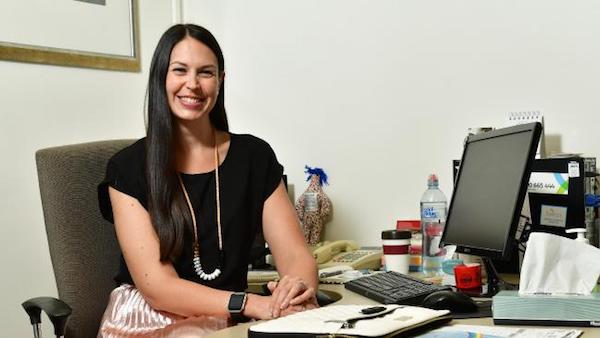
That movement today sees hospices like Mary Potter, which was established in 1976, concern themselves with the task of giving the dying the best days of their lives.
Murphy explains: “It’s not about changing the outcome, it’s about changing the experience.”
She says many express a desire to die at home, but for various reasons – for example, complex medical needs, or inadequate support at home – it is not always possible. And that’s when a hospice becomes vital.
Mary Potter Hospice concerns itself not only with the physical wellbeing of patients – and its medical staff work hard to ensure a patient’s pain medication is sufficient – but it offers a range of therapies including music and art therapy. It has a team of volunteers who record and write a patient’s biography. Each room has access to the outdoors. It caters for special pet visits.
It sounds lovely, but we don’t talk about it. In fact, Palliative Care SA is concerned that people do not discuss death and consider palliative care soon enough because of a misconception it is something to be fearful of.
“We completely understand people might imagine that by considering palliative care hope is dashed,” the organisation states. “But the reality is palliative care is about ‘living’ and focuses on providing people with emotional and spiritual support, pain relief and comfort care enabling them and their family to be empowered to make the most of time remaining.”
So, the organisation hopes that Palliative Care Week – which starts tomorrow and runs until May 28 – will provoke discussion about what it is to have a good death.
I n a society that values its youth and celebrates those who defy their age, is a good death something we strive for? Sigourney Reschke is the manager of patient and family counselling at Mary Potter. She says that the hospice works in conjunction with the hundreds of dying patients it sees each year, to bring about a good death, which is different for each person.
“(A good death) might be to be surrounded by people who you love in a comfortable, warm, safe environment, where you have the opportunity to say the things you need to say, to say goodbye … but that’s not the same for everybody,” she says.
“What we try to do is make those wishes come true for whatever that person and their family hopes to achieve in their time with us.”
Murphy explains that the foundation aims to raise more than $1.2 million annually so that it can help give people the good death they deserve. They receive no government funding and rely on donors.
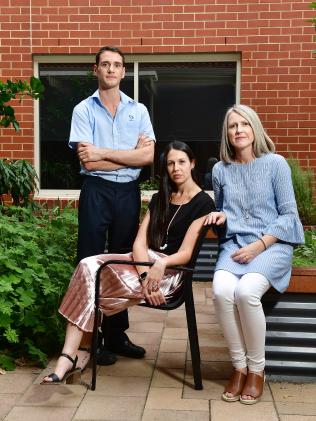
“Our aim, when a patient comes in, is to give them the best day possible,” she says. “What is the best day when you know your time is quite finite? It could be a drive to the beach to have a cup of coffee because that’s something you’ve always done. It could be a date night in the hospice with someone you love.”
It could be like Phil: walking his daughter down the aisle. In Phil’s case, the hospice and foundation were able to organise a wedding – from the photographer to the flowers to the champagne to the guest list – in four days.
The commitment ceremony was held in the multi-faith chapel and the medical team worked with the father so that he was strong enough to get out of bed and walk his daughter down a makeshift aisle.
Phil isn’t alone. Patient after patient experiences their best day for as long as they can in the hospice environment.
Murphy talks about an 18-year-old girl who spent her final days at the hospice who wanted to go shopping and so the foundation organised for a local dress shop to bring in racks of clothes for her to try on; then there was the younger couple who wanted to celebrate Valentine’s Day in the way they did each year and so the foundation organised the specific pate, crackers, bubbles and flowers that were their Valentine’s Day tradition.
There was the man who was allowed one last visit to his favourite pub for a final round of beer with his friends. The man who had not seen his family for years, who was reunited in his final days.
Reschke says people are often surprised what they find when they visit Mary Potter.
“People don’t expect to come here where it’s light and there’s a lot of laughter and a huge amount of life and people smile,” she says.
“We laugh a lot, we love a lot. It’s sad, but we have a lot of fun, too.”
Across Australia there are 190 palliative medicine specialists, and in South Australia the Mary Potter Hospice is a key public and private provider of palliative care services, that – given the ageing population – will only increase in demand.
But, as a society, we’re not keen on talking about death. Reschke says: “Death is still a taboo subject and one that is hard to talk about and be open about because it’s scary and we don’t know what happens, we don’t know what that looks like or feels like, it’s a topic that is still hard to talk about.”
So, the role of palliative care is to demystify death, to take away the fear of facing it. “We are a resilient race in terms of being able to face what is happening,” Murphy says. “Not everybody can reach acceptance, but the aim here is to help people find peace.”
Palliative care is a very specific branch of medicine that many in the medical profession argue is becoming more important, especially as society debates the merits of voluntary euthanasia. And that’s a fair point: if palliative care works, why do we need a debate about euthanasia?
Former director of palliative care at the Royal Adelaide Hospital, Dr Mary Brooksbank, has written extensively on this very conundrum and muses: “I’ve watched many people die peaceful deaths which could easily have been traumatic and painful, including my father. I can understand why people want to alleviate suffering at the end of life and why they think voluntary euthanasia might be a compassionate way of achieving that. But with good palliative care, no one dying an expected death needs to die in extreme, agonising pain.
“I believe it is inappropriate to be having a debate in our society about euthanasia until every single health professional knows how to relieve pain and address suffering properly.”
Brooksbank argues that while Australia has a specialist stream of very competent palliative care professionals, the workforce can’t meet the needs of the entire population.
“A lot of work is being done to upskill doctors and nurses, and increasingly they are delivering top-quality care.
“The reality is though, particularly with our ageing population, that the whole palliative care sector is desperately under-resourced.”
Dr Charlotte Griffiths has dual training in both medical oncology and palliative care and works between the oncology ward at Calvary Hospital and the Mary Potter Hospice.
“As challenging as it is, it is work that I find rewarding and I feel I am making a difference to people,” she says.
“I’m able to manage people through what can be the most vulnerable and difficult time of their life and trying to make that a little bit easier along with supporting their family.
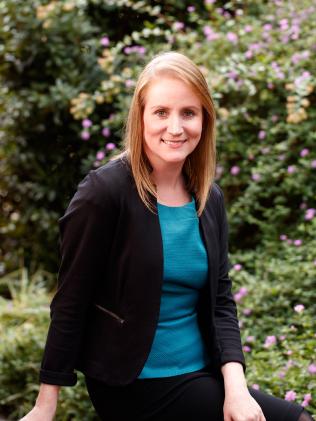
“Every single patient you treat leaves some kind of lasting impression and it teaches you how fragile life is, how important it is to make the best of every day.”
Just like Dr Griffiths, Luke Peeters works between the oncology unit at Calvary and the Mary Potter Hospice.
Aged just 25, the palliative care nurse has a greater appreciation for death than most of his generation’s youth. He sees death almost daily, and it has had a positive effect on him.
“It has taught me that life can be taken away from you in a matter of months,” he says. “A lot of patients tell me: ‘Experience your life, give it a go, because you don’t know unless you try’.
“One patient I remember was young, she was 43, and I told her that I had always wanted to learn another language and she said: ‘Well, hurry up and do it’. So, I’ve started French.”
Following other patient advice, last year, Peeters travelled to Europe – his first overseas trip – and this year, he started playing the piano again after 10 years away from the instrument.
“You can get so focused on: ‘I need to get a degree, I need to get money, I need to buy a house, I need to buy a car’ and you don’t stop to think: ‘What do I actually want from life?’
“Working with people at the end stage of their life and the advice they have given me, I have taken that on board.”
But for all the life that pulsates inside the Mary Potter Hospice, there is no denying that death is there, too.
And the people who work there regularly shed tears with patients’ families and friends and, later, by themselves in the staff coffee room. Peeters says: “I was always told as a nurse, don’t get too attached to your patients because then you can’t do your job properly, but as an oncology and hospice nurse, you look after these patients, generally, for an extended period of time. You know their daughter’s name and how she’s going at university and you get to know all their friends as well. It’s like you’re a part of their community.
“It is hard when they pass.”
Including Phil.
It was a Thursday when Phil watched his daughter, Sophie, wed her husband-to-be in a love-filled commitment ceremony hosted by the Mary Potter Hospice in its on-site multi-faith chapel.
He died three days later.
And while, yes, tears flowed, so too did immense feelings of joy and love. At the end, in his hospice room, kindness and laughter prevailed.
And precious memories were created in the final days of a man’s life. A lovely, fitting death.
Complete Article HERE!


